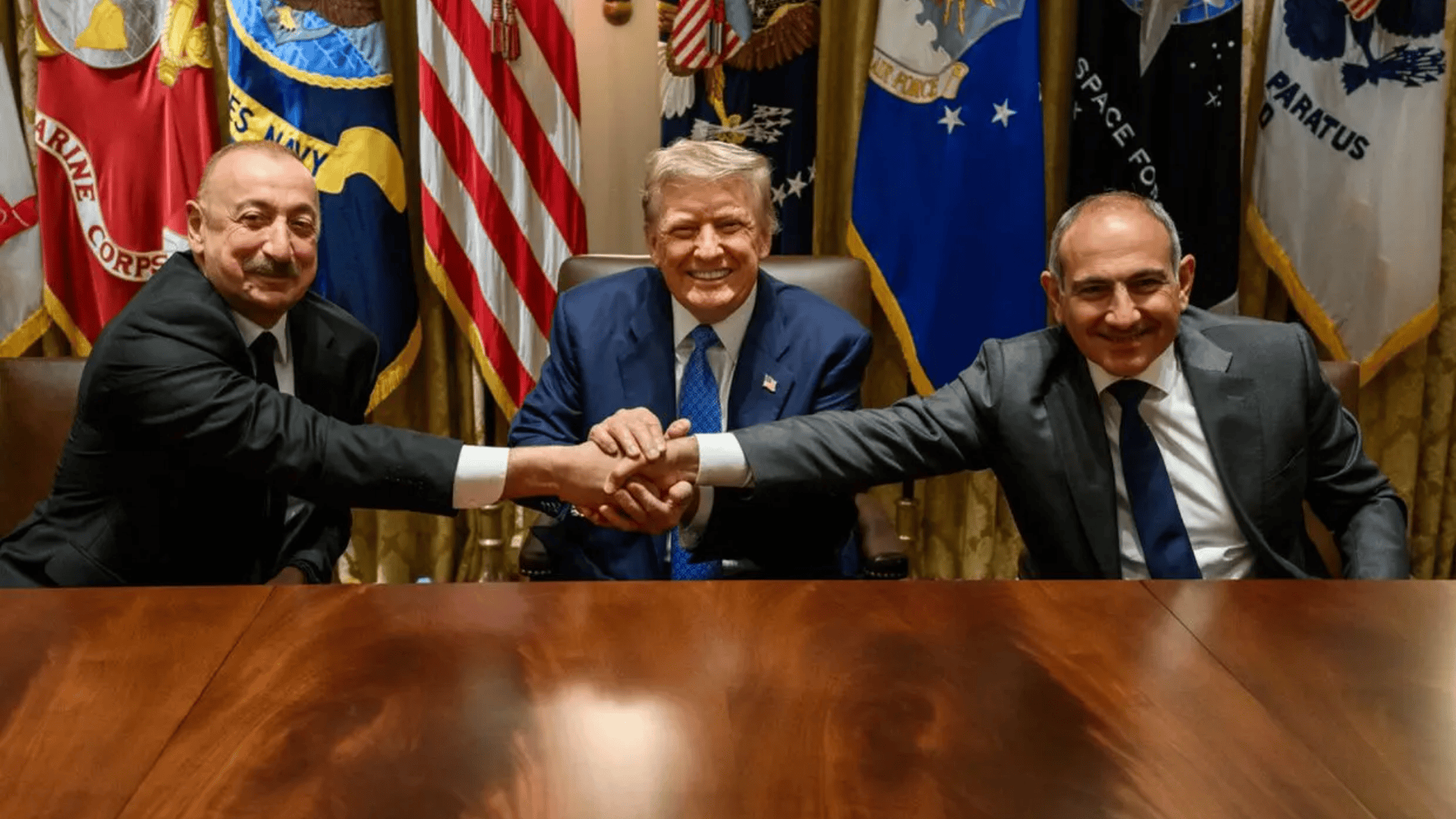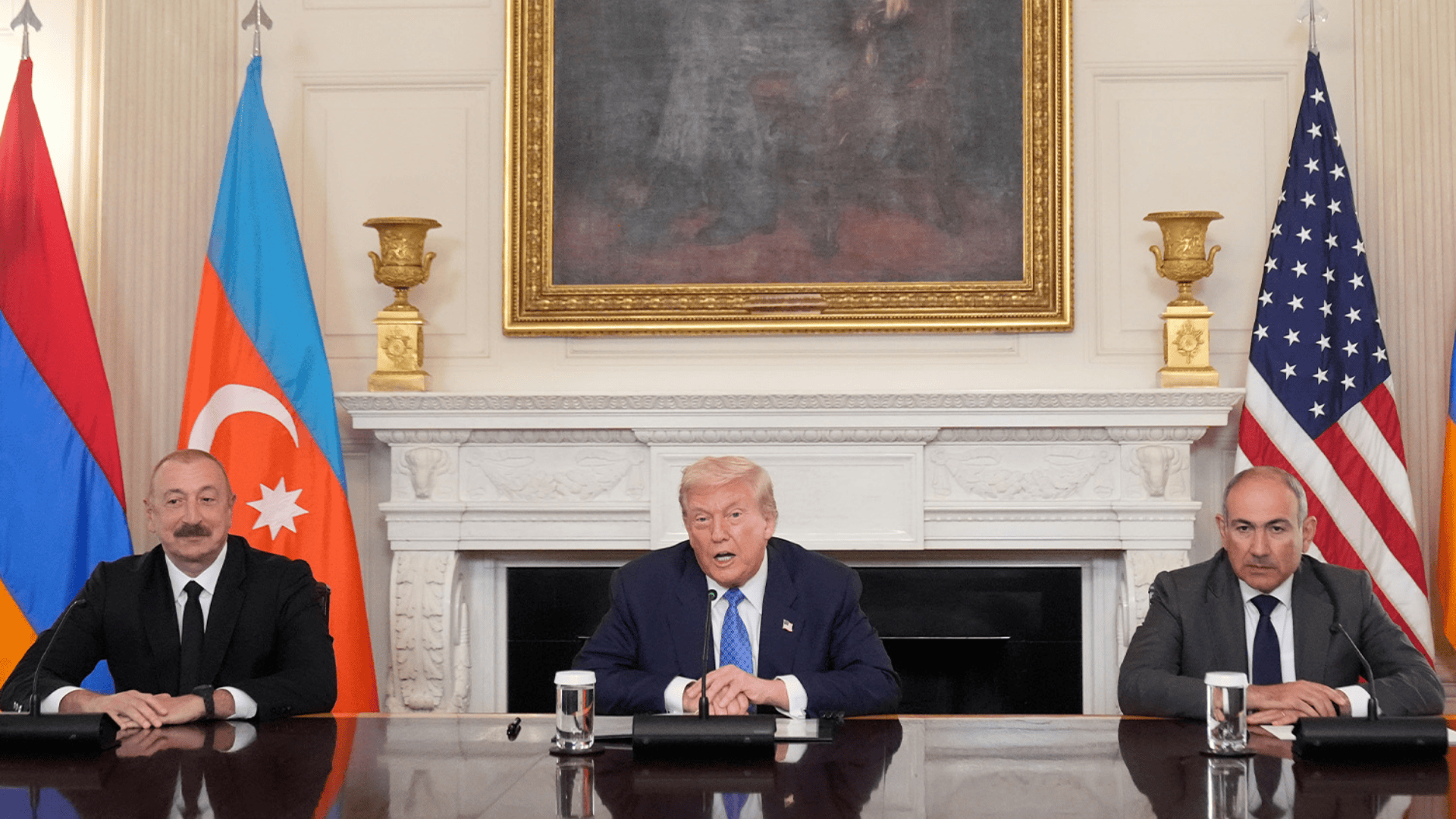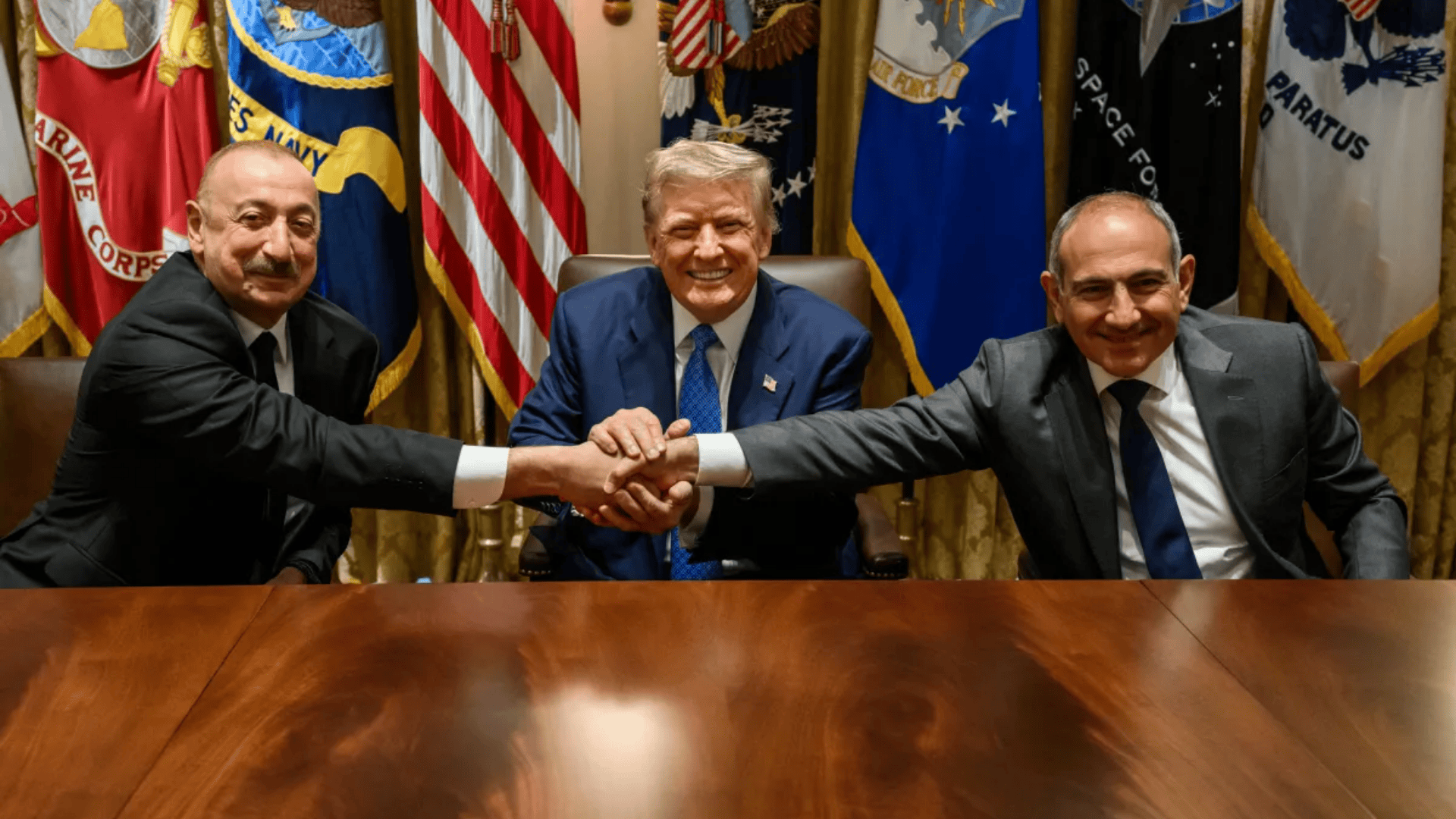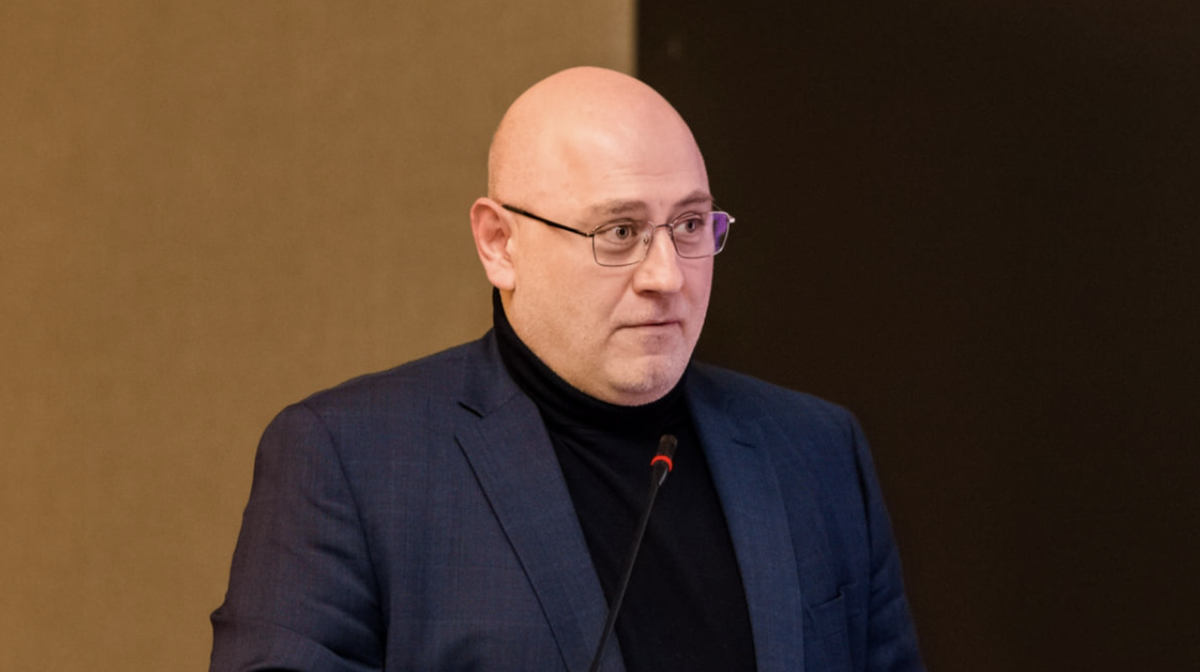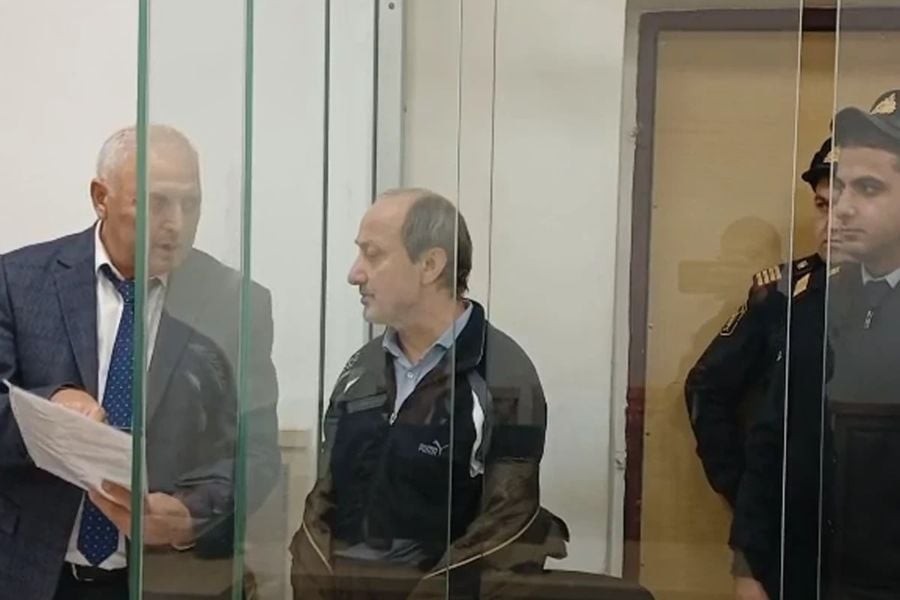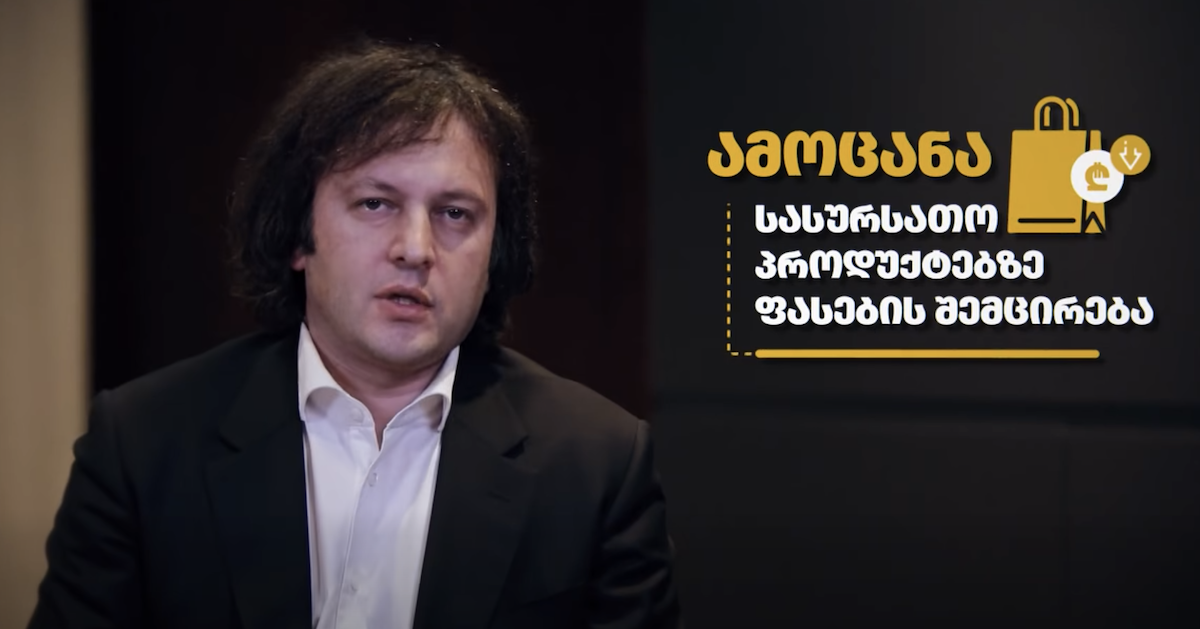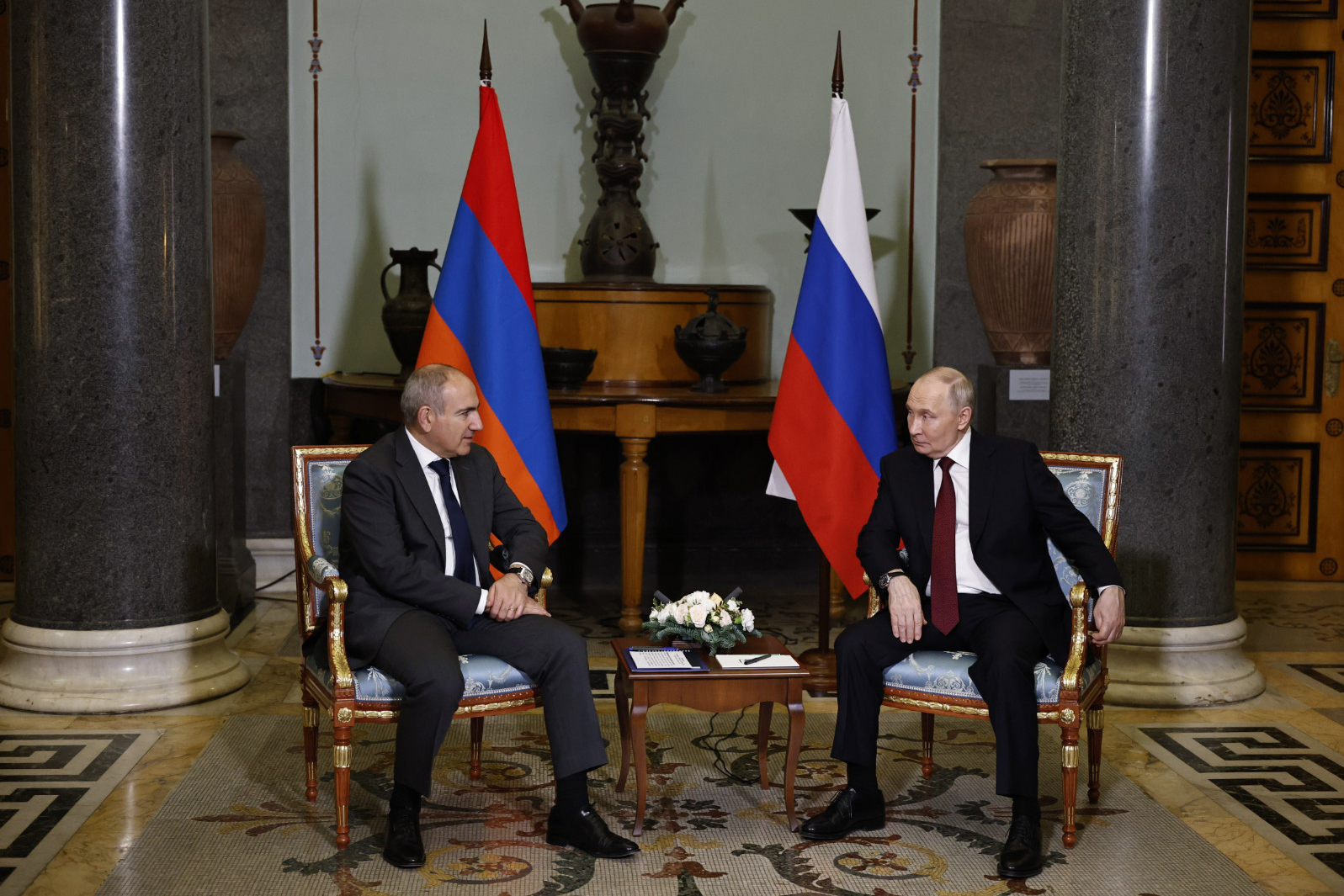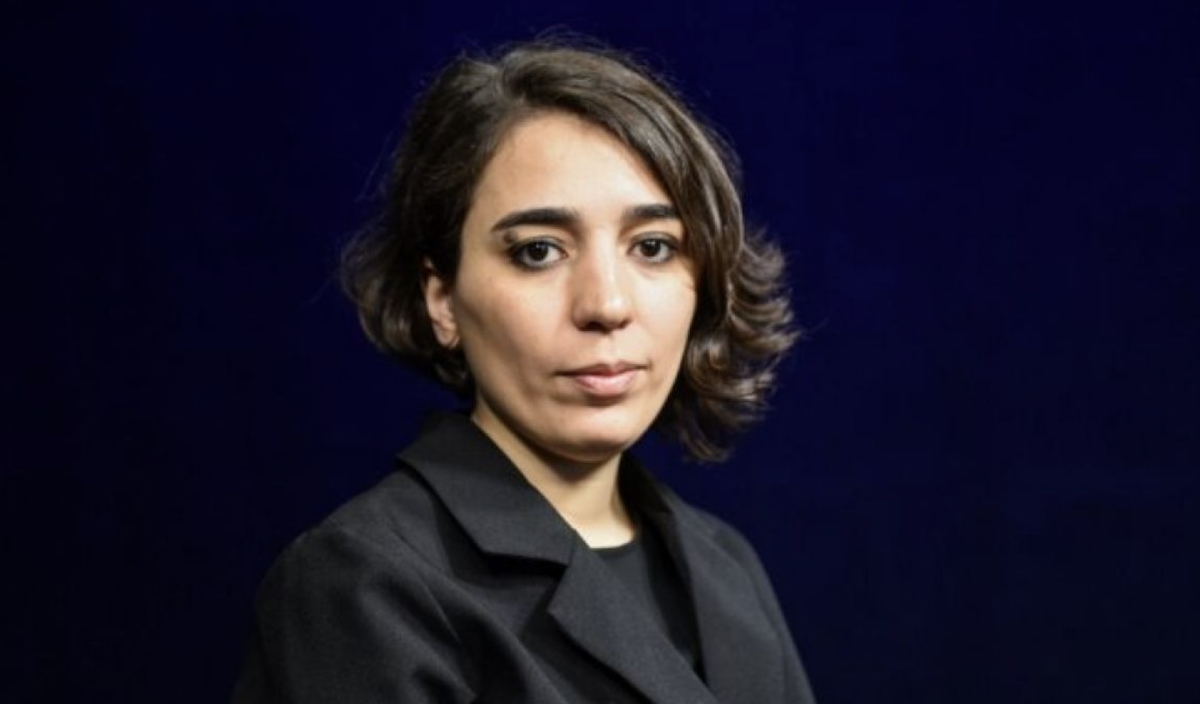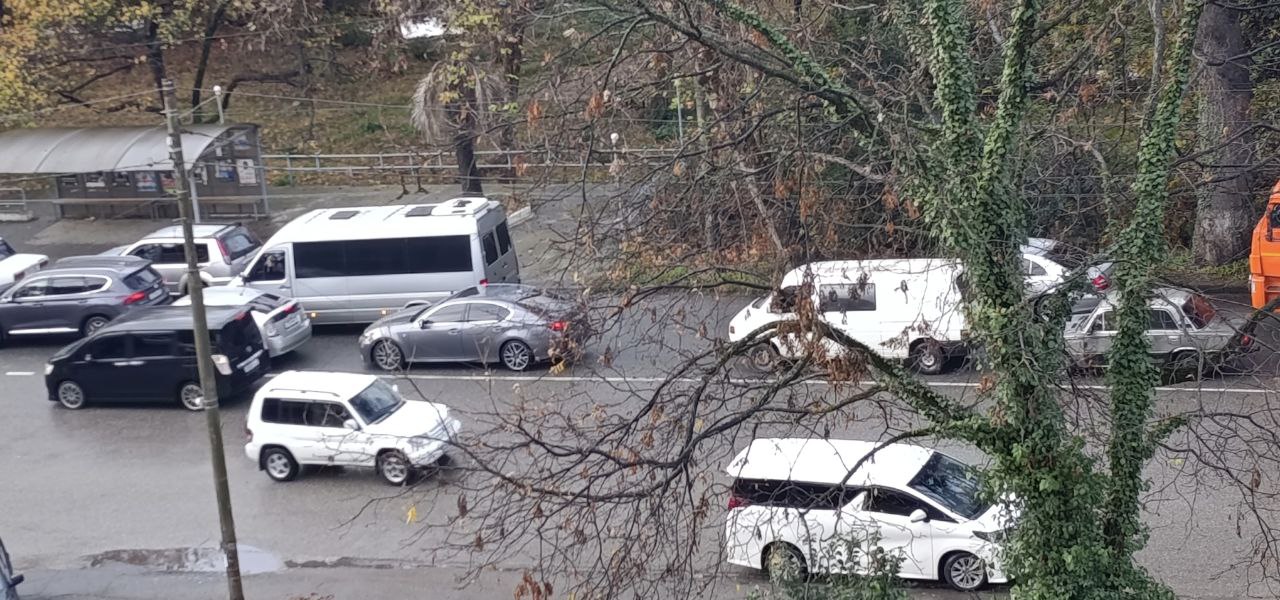Ilham Aliyev visits Kazakhstan to discuss strategic partnership and new opportunities for cooperation
During his state visit to Kazakhstan, Ilham Aliyev and Kassym-Jomart Tokayev discussed expanding cooperation in the Caspian region and along the Middle Corridor, as well as implementing joint projects. According to official reports, the two leaders signed a total of 15 new agreements.
The agreements cover a wide range of areas, from energy and intellectual property to healthcare and digital technologies. Azerbaijan and Kazakhstan signed a framework document to establish a joint investment mechanism between SOCAR and Kazakhstan’s sovereign wealth fund “Samruk-Kazyna.” The energy deals also include cooperation on new oil projects and the development of “green” energy.
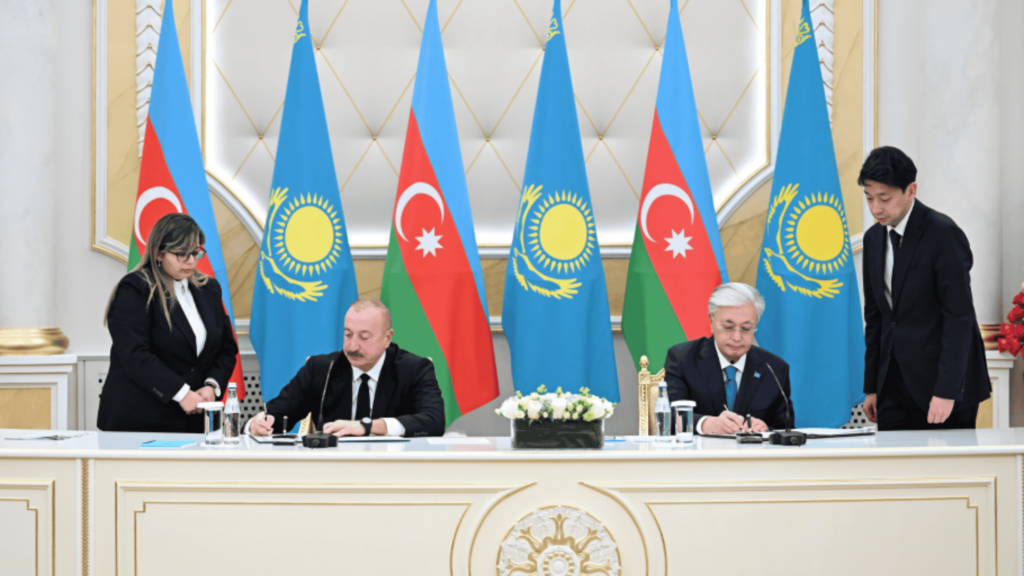
Aliyev noted that both countries have significant potential in traditional and renewable energy, recalling that “last November, a trilateral agreement with Kazakhstan was signed to lay an electric cable along the Caspian seabed.”
He also highlighted the importance of agreements on the Middle Corridor — the Trans-Caspian transport route. Both leaders underscored its strategic role and agreed to implement joint projects to increase cargo volumes.
One of the key outcomes of the visit was a plan to double bilateral trade. The two presidents announced their intention to raise trade turnover to $1 billion in the near future. Joint projects in shipbuilding, transformer production, construction, and other sectors are expected to support this goal.
Aliyev and Tokayev instructed their governments to prepare a roadmap for industrial cooperation within the framework of upcoming projects. The talks also focused on expanding collaboration in digital technologies. The Azerbaijani delegation visited Kazakhstan’s artificial intelligence centre Alem.ai, where strategic agreements in the digital sector were signed.
Overall, the agreements in energy, transport, and technology aim to strengthen Azerbaijan’s role in the Middle Corridor project.
Projects under discussion
One of the most notable initiatives is the plan to lay an undersea power cable across the Caspian Sea. Under this trilateral agreement, Kazakhstan will export electricity generated from renewable sources to Europe.
Another key topic was the “TRIPP Route” — a corridor connecting Nakhchivan with eastern regions of Azerbaijan. President Aliyev said that construction of road and rail infrastructure is expected to be completed by mid-next year, with the full corridor set to become operational by 2028. Passing through Khankendi, the TRIPP route is expected to boost freight capacity to 15 million tonnes annually.
To support these routes, Turkey, Kazakhstan and Azerbaijan are developing a range of infrastructure projects. Turkey has announced the construction of a new 224-kilometre railway line from Kars to the Nakhchivan border. In the transport sector, plans include increasing Kazakh oil exports via the Baku–Tbilisi–Ceyhan pipeline, expanding Kazakhstan’s sections of the Middle Corridor railway, modernising Caspian ports — with the European Bank for Reconstruction and Development allocating €35 million for the Port of Aktau — and upgrading land and sea border crossings.
The two sides also aim to develop a unified certification system for vessels and cargo (including cooperation between AZAL and Kazakhstan’s airlines). In the energy sector, discussions focused on joint petrochemical projects between SOCAR and Kazakhstan’s Samruk-Kazyna fund, as well as broader strategies for gas exports.
Prospects for implementation
The realization of all these plans requires significant financial and technical resources. Existing infrastructure constraints pose serious challenges: limited fleet capacity, weak port facilities, and prolonged border and customs procedures remain pressing issues. For instance, despite a notable increase in cargo volumes along the Middle Corridor in 2023–2024 (from 2.7 to 4.5 million tonnes), further expansion will require additional investment.
In response, Kazakhstan has begun reconstructing the port of Aktau to raise its capacity to 30 million tonnes per year by 2028. The construction of the 43-kilometre extension of the “Trump Route” through Armenia is estimated at $2.4 billion. Turkey’s transport minister has confirmed project financing, with completion expected in four to five years. Nevertheless, demographic, geographic, and diplomatic risks persist, particularly as the route passes through Armenia’s Syunik region, leaving local opposition, land agreements, and security issues unresolved.
On the investment side, major projects are planned to be financed through mechanisms such as the joint investment fund with Kazakhstan established at the SOCAR summit. The Kazakh government is also negotiating with development banks under the “Middle Corridor Development” programme to attract additional funding. However, much of the implementation will rely on external credit and sponsorship, and global economic fluctuations remain a risk to project timelines.
Political stability in the region is a key factor. Any renewed escalation in the South Caucasus could threaten transport routes. However, Azerbaijan’s removal of restrictions on cargo transport to Armenia during the October summit has, observers note, strengthened mutual trust, which is expected to support the development of transit projects.
Regional risks: Russia and Iran’s response
Strengthening ties with Kazakhstan boosts Azerbaijan’s regional position, drawing a noticeable response from Moscow. As President Putin seeks to restore Russian influence in Central Asia—highlighted by the October summit in Dushanbe—Baku’s rapprochement with Astana has taken on renewed significance for Russia. During a meeting with Aliyev, Putin acknowledged Russia’s responsibility for the 2024 aviation incident in Aktau and promised full cooperation in the investigation and compensation payments. While the Middle Corridor project was not directly discussed, the gesture helped ease bilateral tensions.
Russian Foreign Minister Sergey Lavrov and other officials have also been active in regional diplomacy. In mid-October, Russia, Azerbaijan, and Iran agreed to establish a working group for the North–South transport corridor. The group will develop plans to increase freight volumes to 15 million tonnes, signaling Moscow’s willingness to include Azerbaijan in regional transport initiatives.
Iranian officials, by contrast, have conveyed a more cautious stance. On 21 October in Tehran, Iranian Foreign Minister Abbas Araghchi told Halaf Halafov, Azerbaijan’s special presidential envoy, that Tehran is committed to developing bilateral relations “in all areas and removing all obstacles.” Iran emphasized that achieving peace in the South Caucasus remains a priority. Halafov expressed Azerbaijan’s readiness to deepen cooperation with Iran, seen as a positive signal.
However, Iran’s past statements reveal skepticism toward the new TRIPP “Trump Route.” Several Iranian officials have opposed opening the Zangezur corridor under external control, arguing it could weaken Tehran’s own position and undermine Russian influence. In short, Iran shows willingness to cooperate but remains cautious about new transit routes.
Results
Ilham Aliyev’s visit to Kazakhstan highlighted Azerbaijan’s ambition to become a stronger economic player in the region. Joint projects in energy, transport, and technology underline this intent. Initiatives such as the Middle Corridor and the TRIPP “Trump Route” signal Baku’s desire to become a key transit hub in the South Caucasus.
Yet, such ambitious plans are measured not by the number of agreements signed but by the ability to implement them. The central question remains whether these projects can be realised in practice.
Russia and Iran have not opposed these developments but continue to watch cautiously. Moscow promotes its own projects while seeking to maintain good relations with Baku, whereas Iran, despite statements of cooperation, remains sceptical about certain initiatives, particularly the TRIPP route.
For now, Azerbaijan and Kazakhstan face the challenge of turning these plans from paper into reality, overcoming financial, infrastructural, and political barriers without alarming neighbouring states. In the coming years, it will become clear whether this visit marks the start of a new phase of cooperation or is remembered merely as a series of high-profile photo opportunities.
Aliyev’s visit to Kazakhstan










